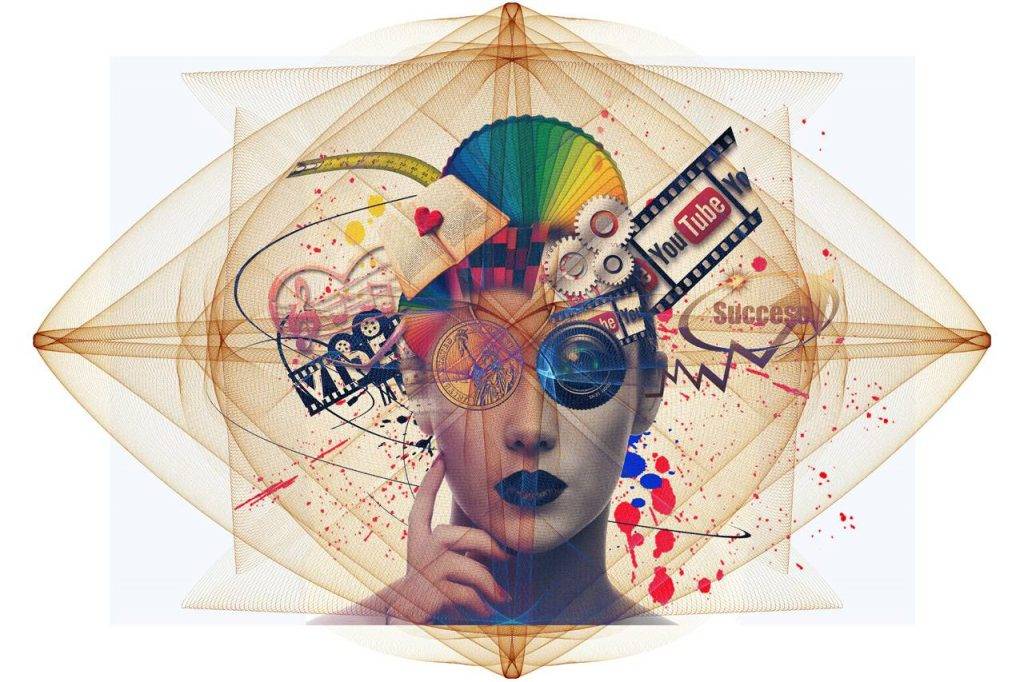With advent of satellite television in the 1990s along with globalization, economic liberalization and coupled with impetus from digital technology in the first decade of the millennium, the creative industries in India especially screen-based media have taken a giant leap in its footprint.
India is one of the fastest growing economies in Asia which is also home to a large expanding media and entertainment sector (PwC, 2022). With advent of satellite television in the 1990s along with globalization, economic liberalization and coupled with impetus from digital technology in the first decade of the millennium, the creative industries in India especially screen-based media have taken a giant leap in its footprint.

Today, in the creative industries and neoliberal markets, creativity and innovation negotiate with formats and mass audience tastes-trends. Within this dynamic and the prevalence of a traditionally male dominated ecosystem, it is critical to assess and understand the participation of female professionals in the Media and Entertainment industry.

The Beijing Declaration 1995 emphasized the need for not just participation but also more women leadership in media. The presence of women in media institutions was considered to generate a gender diverse point of view as well as challenge and rupture the stereotypical images in popular culture which endorse prescriptive and normative roles for women. As more women enter these industries, the change in perspectives is visible across platforms - advertising, print media, television, and cinema. In the last two decades with greater focus on inclusion and diversity, there has been a sustained effort to re-invent and re-negotiate the presence of women and re-consider politics of representation. In her seminal work, Women, Feminism and Media, Sue Thornham (2007) discusses how the endless images and narratives (along with context of these images) are one of the critical references for women to engage with the concepts of identity as well as agency- a benchmark for self-actualization. It is argued that the “narratives of femininity produced within cultural texts, and the ways in which these are bound up with, and in some ways construct, our sense of ourselves as women” (Thornham, 2007). The disintegration of patriarchy, unhindered expression of desire and millennial consciousness are some of the many factors which have realigned the power relationship between the men and the non-male members of society - particularly women. Agency has been defined as “a movement towards change or transformation,’ and it is important to question how ‘narratives within cultural text’ are instrumental in contributing to the concept of ‘agency.’ These texts are also witnessing the added element of the non-male point of view which can emerge only with inclusivity.

Video streaming and digital mediums are ‘the mediums of the future.’ The attempts to break the bias which includes both on and off the screen, is a complex ‘work in progress’ which oscillates between ‘individualism’, collectivism, cultural nationalism and fragmentation. The well networked structures of creative industries including media and entertainment still remain a challenge for women professionals who face the twin disentanglement of prejudices, stereotypes with lack of enough representative organizations to sensitize the need for gender equity. Lately the emergence of organizations which represent both concerns and future road map to more gender-neutral media spaces reflect the growing concerns of breaking the bias in these industries. Women in Cinema Collective (WCC) and Indian Women cinematographers collective (IWCC) are two such examples. These collectives gain from the digital connectivity possible in todays globalized world as well as institutionalize informally the need of mentorship and peer guidance. With a worldwide focus on diversity, equity and inclusion (DEI), formal and informal grouping of female film professionals creates a counterculture with their polyvocal assimilation which seek to reformulate patriarchal kinship networks in the media and entertainment sector.
References:
Lorenzen, M. (2009). Creativity in context: content, cost, chance and collection in the organization of the film industry. In Creativity, innovation and the cultural economy (pp. 93-118). Routledge.
PwC (2021). India Edition: Entertainment and Media Outlook 2021-25. www.pwc.in. https://www.pwc.in/industries/entertainment-and-media/global-entertainment-and-media-outlook-2021-2025.html#teaser
Thornham, S. (2007). Women, Feminism and Media. Edinburgh University Press.
-Gauri D Chakraborty
Professor, Times School of Media
Bennett University, India

